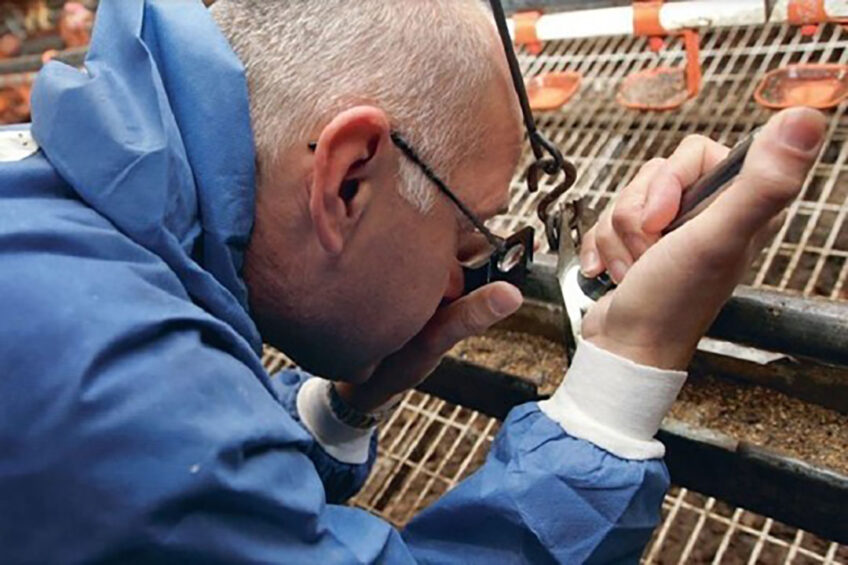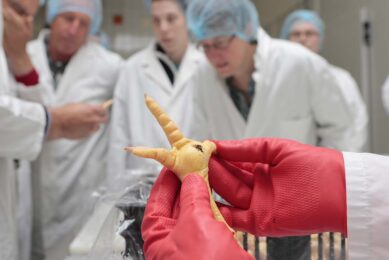Garlic to control red mite infestation in poultry houses

Dermanyssus gallinae, also known as poultry red mite, is considered globally as one of the most challenging problems in layer poultry production. Recent research has shown the benefit of adding garlic to feed as an alternative mite control strategy in laying hens.
Red mite parasitism negatively affects layers and breeders, causing a reduction in egg production, slower growth rates and behavioural changes. It further acts as a vector for bacteria and viruses. Chemical products based on pyrethroids have commonly been used as a mitigation measure to control these mites. However, the use of these substances leads to resistance, as well as risks to bird, applicator and consumer health due to traces of product residue in the final products.
Insects and red mites dislike garlic odour
Red mite impact on animal health, welfare, production, farm economics and food security, along with a long list of driving factors, create a nightmare scenario for farmers who are continually looking for alternatives to traditional acaricides. Research by Pancosma has recently shown that – owing to its sulphurous organic compounds – garlic releases an odour which is unpleasant to insects and mites, thereby creating a barrier between the animals and these undesirable agents.
In a 7-10 week trial on 2 farms in Brazil, the company set out to test the repellent effect on Acarus and how mite pressure can be reduced using its flavouring palatant based on garlic oil and other active allium ingredients which introduce a strong garlic aroma into the feed. A total of 50,000 hens (Lohman Lite Whites and Hisex) housed in battery cages were treated with 1kg/tonne of garlic powder in the feed and measurements were taken to compare egg production, egg condition, mortality and, of course, mite infestation levels.
Positive results
Data analysis of all the measurements showed multiple benefits from the inclusion of garlic powder in the feed. At the first trial farm the number of cracked eggs was significantly lower in the garlic flavour group than the control group (average across all facilities: 0.48% vs. 0.63%, P<0.05). the mortality rate was also significantly lower in the garlic flavour group than the control group (average across all facilities: 10.0% vs. 15.75%, p><0.05) as shown in Figure 1a and Figure 1b.
At the second farm, egg production was significantly higher in the garlic flavour group than the control group (average across all facilities: 80% vs. 76.9%, P<0.05) and egg weight was slightly higher in the garlic flavour group than the control group (61.6g vs. 60.3g, p><0.05) as shown in Figure 2. The infestation score represents the average number of bird parts (i.e., cloaca, wings, back, neck) where mite presence was detected. Mite infestation was on average 9.4% (0.2 P) lower in the group fed the garlic flavour feed than in the control group.
An effective alternative strategy
The researchers concluded that a flavour based on garlic compounds is an effective alternative strategy that can be used to control and reduce mite infestation in laying hens. Under field conditions it reduced mortality rate and mite infestation while increasing egg production and egg quality.
Given the results and Brazilian economic factors, the product delivered a 6.22 and 6.95 ROI for each farm, respectively, making the use of garlic not only a viable strategy for mite mitigation but also a sound business case.
Join 31,000+ subscribers
Subscribe to our newsletter to stay updated about all the need-to-know content in the poultry sector, three times a week. Beheer
Beheer








 WP Admin
WP Admin  Bewerk bericht
Bewerk bericht